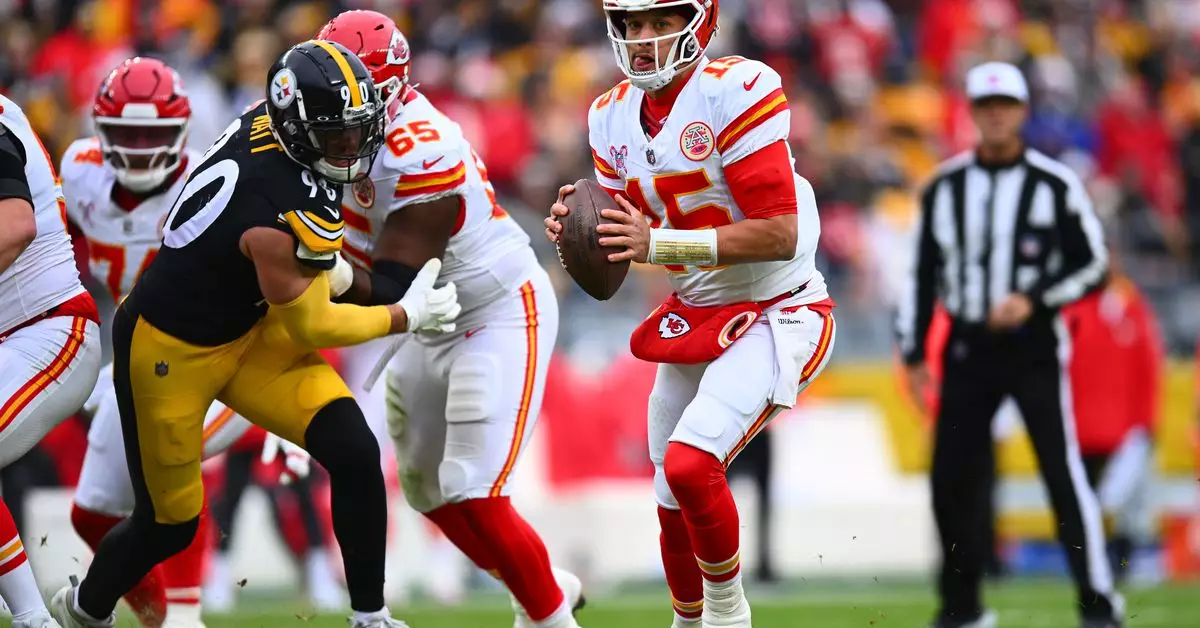In recent years, the landscape of sports broadcasting has experienced seismic shifts, propelled by the rise of streaming platforms. Netflix’s foray into live sports reached a notable milestone this past Christmas Day, showcasing an impressive viewership for NFL games that positioned the service at the forefront of live sports streaming. According to Nielsen ratings, the games not only captivated audiences but also became the most-streamed NFL events in U.S. history. With the Kansas City Chiefs and the Pittsburgh Steelers achieving an average minute audience (AMA) of 24.1 million and the Houston Texans and Baltimore Ravens garnering 24.3 million, the total viewership soared to an astonishing 65 million. This remarkable feat signals growing acceptance and preference for streaming options over traditional cable broadcasts.
Despite facing hiccups in the past—especially during the high-demand boxing match between Mike Tyson and Jake Paul—Netflix demonstrated commendable technical resilience during the NFL games. The platform successfully accommodated more than 60 million households, which not only highlights the effectiveness of its infrastructure but also reflects a shift in consumer habits. Live sports demand stability and reliability; Netflix’s performance during these games suggests that the streaming giant is maturing its capabilities in an increasingly competitive market.
In addition to the nail-biting football action, the halftime show featuring iconic performers like Mariah Carey and Beyoncé drew considerable attention. The “Beyoncé Bowl” halftime performance alone attracted an incredible 27 million viewers, affirming the prowess of celebrity engagement in enhancing viewership metrics. Netflix’s commitment to providing exclusive content, such as a standalone replay of this highly popular halftime show, illustrates the platform’s strategy of blending traditional sports broadcasts with entertainment elements fostered by star power. This innovative approach could well become a defining characteristic of future sports streaming.
Looking forward, Netflix secured the rights to Christmas Day NFL games for at least the next two years, further solidifying its position in the sports entertainment market. Meanwhile, traditional sports leagues like the NBA, which have historically enjoyed a clear path for viewership on Christmas, reported a strong performance despite competing with Netflix’s broadcasts. The NBA claimed its most-watched Christmas Day in five years, averaging 5.25 million viewers per game, which indicates that even with the emergence of streaming platforms, traditional sports viewership remains robust.
The events of Christmas Day 2023 not only exemplify the growing influence of streaming platforms on live sports but also challenge cable dominance. With continually expanding options for viewers, the future of sports broadcasting seems poised for more innovations. As technologies evolve and audience preferences shift, organizations will need to adapt quickly to stay relevant in this dynamic landscape. Netflix’s successful dive into NFL viewership could set a precedent for other streaming services, heralding a new era where attractive viewing experiences are not only about the game itself but also the surrounding entertainment narrative.

